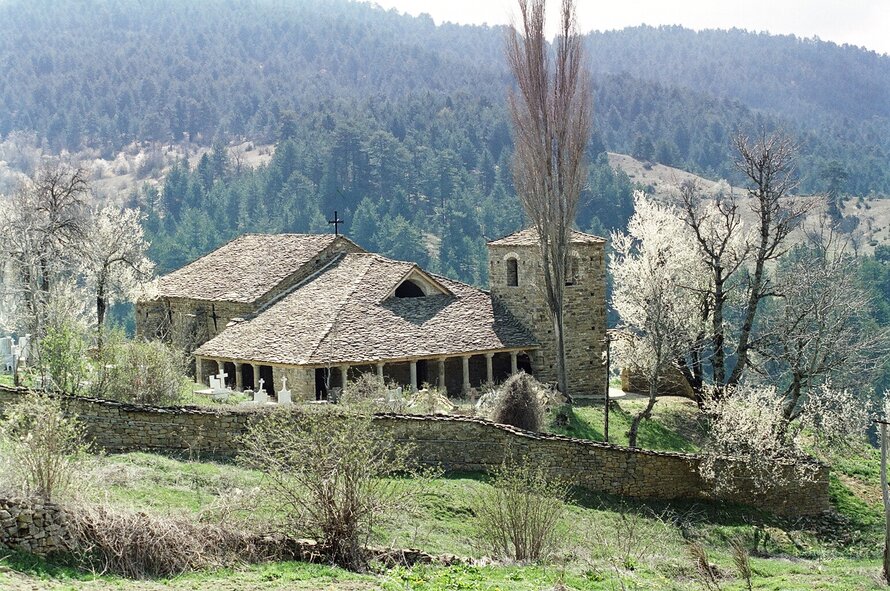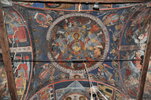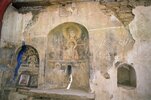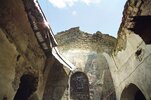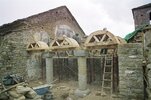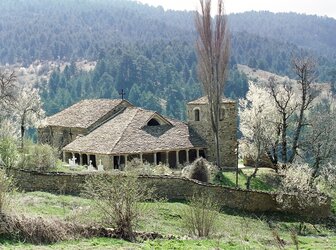Church of St. George, Shipcka
The project aimed at safeguarding and restoring the Church of St. George located in the village of Shipcka, Albania (region of Korce) and belonging to the Moschopolitan basilica group. The Church of St. George is a three-aisled basilica with a roofing system of arches, vaults ...
Read more
Project details
| Title: | Church of St. George, Shipcka |
|---|---|
| Entr. year: | 2011 |
| Result: | Award |
| Country: | Albania |
| Town: | Village of Shipcka, region of Korça |
| Category type: | building conservation |
| Notes: | Members Choice Award |
| Building type/ Project type: | Religious building/memorial |
| Former use: | Church |
| Actual use: | Church, cultural attraction, tourism related activities |
| Built: | 17th century |
| Architect / Proj.leader: | “The Past for the Future” foundation |
| The Jury's citation: | “The jury was most impressed by the success of this restoration project, which enjoyed strong support from the local population and by the local government’s “Egnatia Epirus“ Foundation. This outstanding achievement became a catalyst for the revitalisation of the settlement of Shipcka, resulting in the reopening of the church for religious ceremonies and the development of new tourist related activities.” |
| GPS: | 40°38'2,3"N; 20°35'47,6"E |
| Web, Links: | www.egnatiaepirusfoundation.gr/ |
Description:
The project aimed at safeguarding and restoring the Church of St. George located in the village of Shipcka, Albania (region of Korce) and belonging to the Moschopolitan basilica group. The Church of St. George is a three-aisled basilica with a roofing system of arches, vaults and cupolas. The overall stability of the church was in great danger due an initial mistake in construction and the absence of regular maintenance works. Restoration works began in 2004 with a team of experts made up of architects, civil engineers, topographers, art restorers and designers coordinated by the EGNATIA EPIRUS Foundation. Restoration works included the complete reconstruction of the naos, the roof, the narthex and the bell tower, the consolidation of the columns, the refurbishing and cleaning of mural paintings, the restoration of ecclesiastic furniture (iconostasis, cross, thrones, etc). Additional works were conducted on the windows, doors, stairs of the main church as well as on two chapels adjacent to the main building. Particular attention was also paid to the preservation of the environment and fence walls of the church while an old barn outside of the church courtyard was restored and turned into a cafeteria and crafts shop.
